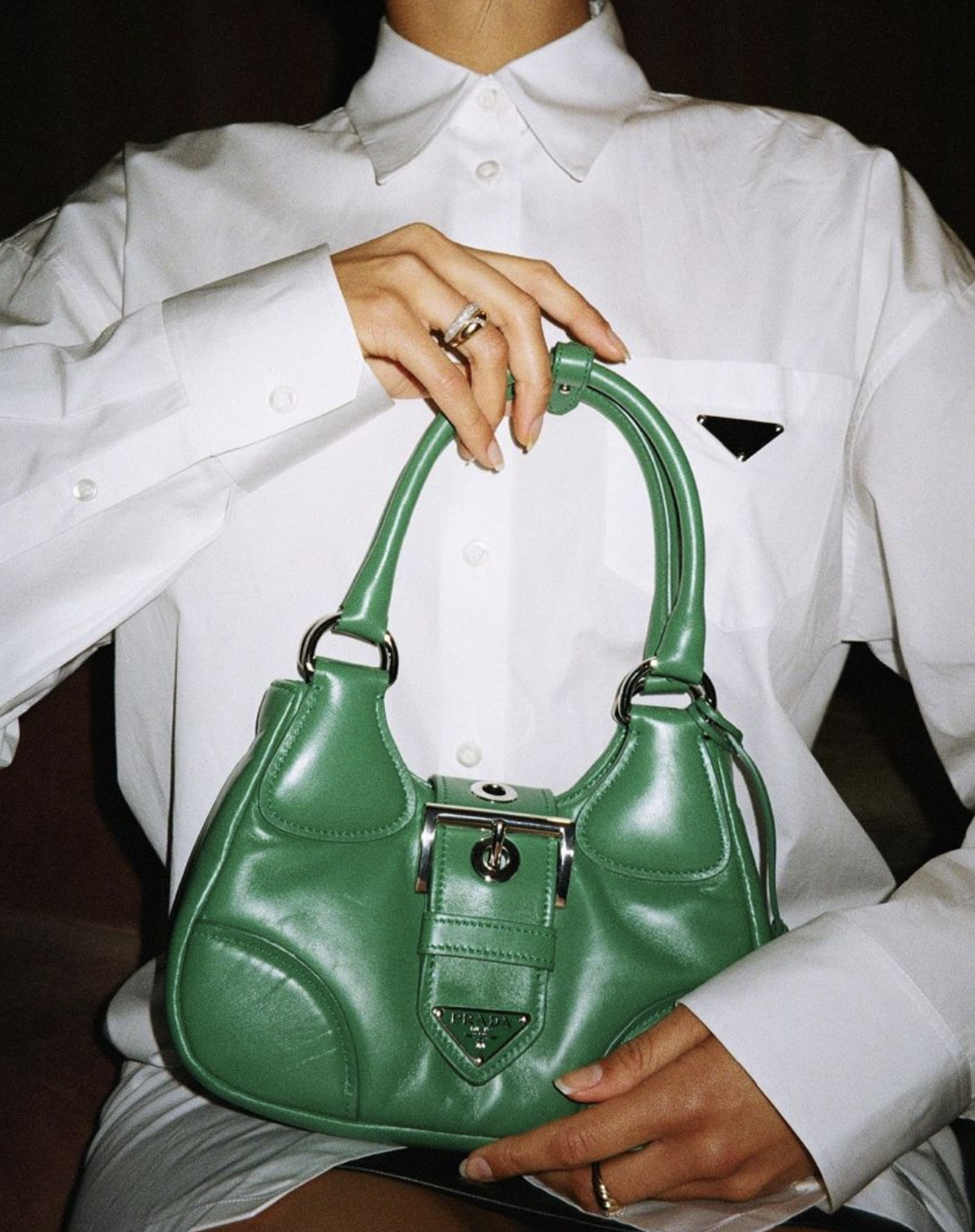Why is Vivienne Westwood considered revolutionary?
Vivienne Westwood is recognized as a pivotal and groundbreaking figure in the history of fashion. Her impact transcends garment design, affecting cultural, social, and political domains. Westwood’s path from an unconventional maverick in London’s punk world to a world-renowned designer is truly transformative. Her forward-thinking creativity, along with her continuous challenge to societal conventions, solidified her avant-garde legacy.
Origins of a Fashion Iconoclast
Vivienne Westwood made her debut in the fashion world during the 1970s, a period defined by political unrest, youthful rebellion, and the dynamic rise of punk rock. Her collaboration with Malcolm McLaren, who managed the Sex Pistols, led to the creation of the iconic store located at 430 King’s Road. Initially named Let It Rock, it later evolved into SEX, Seditionaries, and several other versions. This boutique was not merely a store; it served as a center for revolutionary counterculture that transformed streetwear, carrying a strong anti-establishment ethos.
Westwood’s early designs were deliberately confrontational. She adopted and subverted symbols of authority, such as safety pins, tartan, and bondage gear. These choices were not merely aesthetic—they were acts of rebellion, forcing society to confront its values and taboos. The clothes challenged gender binaries and normalized a form of expressive, individualized style frowned upon by the mainstream.
Pioneering Punk and Changing Aesthetics
Before Westwood, attire typically functioned to uphold societal norms and respectability. In contrast, Westwood used fashion as a tool to challenge conformity and suppression. She introduced the “destroy” aesthetic: torn materials, bold slogans on shirts, and clashing designs that visually confronted conventional standards. Her 1976 “Anarchy Shirt,” for instance, merged symbols from fascist attire with suggestive imagery, urging observers to challenge established beliefs and power.
This boldness positioned Westwood as the leading pioneer of punk fashion—a style eventually adopted by mainstream culture but never losing its rebellious essence. Youth around the world embraced her unconventional clothing, expressing their dissatisfaction through style. What distinguished her, though, was the thoughtfulness she embedded in her designs; each piece held historical, political, or philosophical significance.
Reshaping the Fashion Industry
The transformation initiated by Westwood permeated the industry of fashion itself. She shattered the norms of Parisian haute couture, shifting the epicenter of creative innovation to London. Her 1981 collection, called “Pirate,” marked the dawn of a new phase for British fashion autonomy. By employing historical elements like corsets from the eighteenth century, crinolines, kilts, and Harris Tweed in unconventional ways, she disrupted modern perceptions of style and decency.
Through the process of breaking down and creatively reassembling, Westwood enlightened a fresh audience on the fashion lexicon. She mixed punk with romantic flair, merged Victorian influences with modern style, and melded rebellion with convention, challenging the lines between “good” and “bad” taste. Her unconventional inspirations included art, philosophy, and humor, with one instance being her take on François Boucher’s “Daphnis and Chloe” for the Spring/Summer 1990 lineup.
Fashion brands globally observed with interest. The impact of Westwood is noticeable in the creations of subsequent designers like John Galliano, Alexander McQueen, and Rei Kawakubo, who also challenge traditional norms and surprise.
Political Activism and Sustainability
A defining aspect of Westwood’s revolution is her activism. She has leveraged her platform to champion environmental causes, anti-consumerist rhetoric, and human rights. Unlike many designers, Westwood is vocal about the need for systemic change in the fashion industry, particularly regarding its environmental impact. She has campaigned for reduced consumption and urges supporters to buy less but of higher quality—a message printed boldly on her own garments.
Westwood’s activism is closely linked to her artistic creations. She organizes attention-grabbing runway events, infusing the fashion industry’s extravagant display with impactful social commentaries, and works alongside groups such as Greenpeace. Her “Climate Revolution” initiative turned into a call to action at London Fashion Week, showcasing that fashion can be both aesthetically pleasing and a means for societal change.
Gender and Identity
The influence of Vivienne Westwood also involves breaking down gender conventions. Her creations regularly challenge standard gender divisions by promoting men to consider wearing skirts, women to try wearing power suits, and everyone to question the distinctions between masculinity and femininity. Her bold reimaginings of traditional attire—schoolboy blazers tailored for women, military styles reconfigured for everyone—question established ideas of sexuality and identity.
Through runway theatrics and casting, Westwood has championed body diversity, older models, and those whose presence expands the narrative of beauty. The ethos behind her work is inherently democratic: anyone, regardless of shape, size, or gender, can be revolutionary by embracing their individuality.
Enduring Cultural Impact
The influence of Westwood’s designs goes well beyond the fashion shows. Figures like Madonna, Chrissie Hynde, and Rihanna have worn her pieces, spreading their rebellious essence through music, cinema, and visual arts. The emblematic orb symbol—a blend of the coronation orb with Saturn’s rings—has come to represent avant-garde elegance and the merging of different times and styles.
Curators of major museums, including the Victoria and Albert Museum in London and the Metropolitan Museum of Art in New York, have featured Westwood’s work in significant exhibitions, underscoring its status as both art and artifact. Academic studies analyze her oeuvre through lenses of feminist theory, cultural studies, and critical design.
Synthesis
Vivienne Westwood’s groundbreaking impact originates from her constant challenging of the status quo and her unwavering look ahead. By using fashion to express opinions, engaging boldly in social causes, and aiming to reshape the standards of style, she transformed the core of the fashion world and motivated innovators in various fields. Her lasting influence extends beyond her creations, encouraging others to question the norm—and supporting the idea that transformation in any sector starts with rejecting the boundaries of what is considered achievable.



